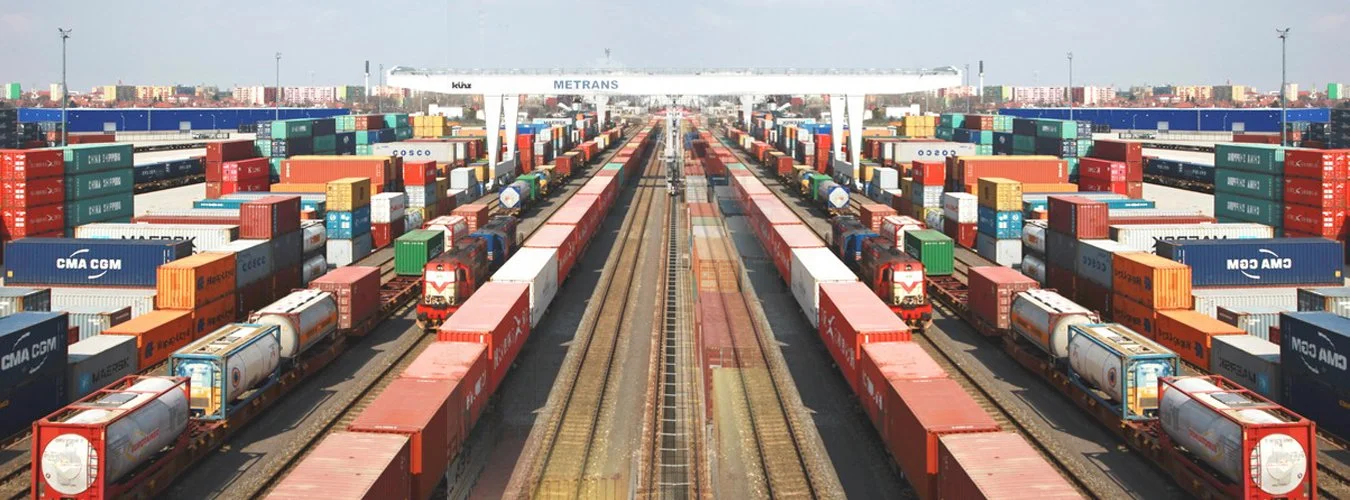
Cargo on Rails: Maximizing Efficiency in Rail Freight Operations
In the dynamic world of logistics, efficiency is the cornerstone of success. When it comes to moving goods across vast distances, the railway system emerges as a beacon of efficiency and sustainability. This article delves into the realm of Maximizing Efficiency in Rail Freight Operations, exploring how this mode of transport is shaping the future of freight logistics.
The Power of Rail freight
Rail freight is revolutionizing the way we transport goods. By seamlessly integrating rail systems with cutting-edge technology and sustainable practices, it has become a game-changer in the logistics industry. Here’s a detailed look at how it works:
Maximizing Efficiency
Efficiency is at the core of Rail freight. By optimizing routes, scheduling, and loading processes, it ensures that freight reaches its destination swiftly and with minimal delays. This increased efficiency translates into cost savings and reduced environmental impact.
Sustainability at Its Heart
Rail transportation is already more eco-friendly than many other modes of freight. Rail freight takes it a step further by incorporating eco-friendly technologies, such as electric locomotives and energy-efficient infrastructure. This approach reduces greenhouse gas emissions and promotes sustainability.
Seamless Integration
One of the key strengths of Rail freight is its ability to seamlessly integrate with other modes of transportation. Whether it’s connecting to trucks for last-mile delivery or transferring goods to ships for international transport, this system is designed for smooth transitions.
Cutting-Edge Technology
Modern rail systems are equipped with state-of-the-art technology. Rail freight harnesses this technology to provide real-time tracking, predictive maintenance, and advanced safety measures. This not only ensures the safety of cargo but also boosts operational efficiency.
Advantages of Rail freight
Now that we understand the fundamentals of Cargo on Rails, let’s explore the manifold advantages it offers to the logistics industry:
- Cost-Effective Transportation
Rail freight is a cost-effective solution for transporting goods over long distances. With lower fuel consumption and reduced maintenance costs compared to trucks, it significantly cuts down operational expenses.
- Reduced Carbon Footprint
The environmental benefits of Rail freight are undeniable. By opting for rail transportation, companies can reduce their carbon footprint, contributing to a more sustainable future.
- Reliable Scheduling
Rail systems are known for their punctuality. Rail freight leverages this reliability to ensure goods arrive on time, reducing the risks associated with unpredictable delivery schedules.
- Scalability
Whether you’re shipping a small batch or a massive cargo load, Rail freight offers scalability. It can accommodate various cargo sizes and adapt to the needs of different industries.
- Safety First
Safety is a top priority in rail transportation. Rail freight incorporates advanced safety measures and protocols to protect both cargo and personnel, making it a secure choice for freight transport.
Cargo on Rails: Maximizing Efficiency in Rail Freight Operations
Let’s take a deeper dive into the heart of our topic: how Rail freight maximizes efficiency in rail freight operations.
Streamlined Operations
Cargo on rails streamlines every aspect of rail freight operations. From optimized loading and unloading processes to efficient routing, it minimizes downtime and maximizes the optimization of your supply chain.
Predictive Maintenance
With predictive maintenance, Rail freight identifies potential issues before they lead to costly breakdowns. This proactive approach ensures that trains are in top-notch condition, reducing the chances of service disruptions.
Real-Time Tracking
Real-time tracking is a game-changer in logistics. Rail freight provides shippers and customers with the ability to monitor the exact location and status of their goods, ensuring transparency and peace of mind.
Intermodal Integration
To further enhance efficiency, Rail freight seamlessly integrates with other modes of transportation. It facilitates the transfer of cargo to trucks or ships, minimizing delays and optimizing the entire supply chain.
Frequently Asked Questions
How does Rail freight reduce carbon emissions?
Rail freight reduces carbon emissions by using energy-efficient locomotives, optimizing routes to minimize fuel consumption, and implementing eco-friendly infrastructure.
Is Rail freight suitable for all types of cargo?
Yes, Rail freight is versatile and can accommodate a wide range of cargo, from bulk goods to containers and specialized shipments.
How does Rail freight ensure the security of freight?
Rail freight employs advanced security measures, including surveillance, tamper-proof seals, and secure loading procedures, to safeguard freight during transit.
What role does technology play in Rail freight
Technology is at the core of Rail freight, enabling real-time tracking, predictive maintenance, and efficient communication between all stakeholders in the supply chain.
Conclusion
Cargo on Rails: Maximizing Efficiency in Rail Freight Operations represents a paradigm shift in the logistics industry. Its focus on efficiency, sustainability, and innovation makes it a compelling choice for companies seeking to optimize their freight operations. As this approach continues to evolve and adapt to changing needs, it is poised to play a pivotal role in the future of transportation. Embracing Rail freight not only benefits businesses but also contributes to a more sustainable and efficient global logistics network.






